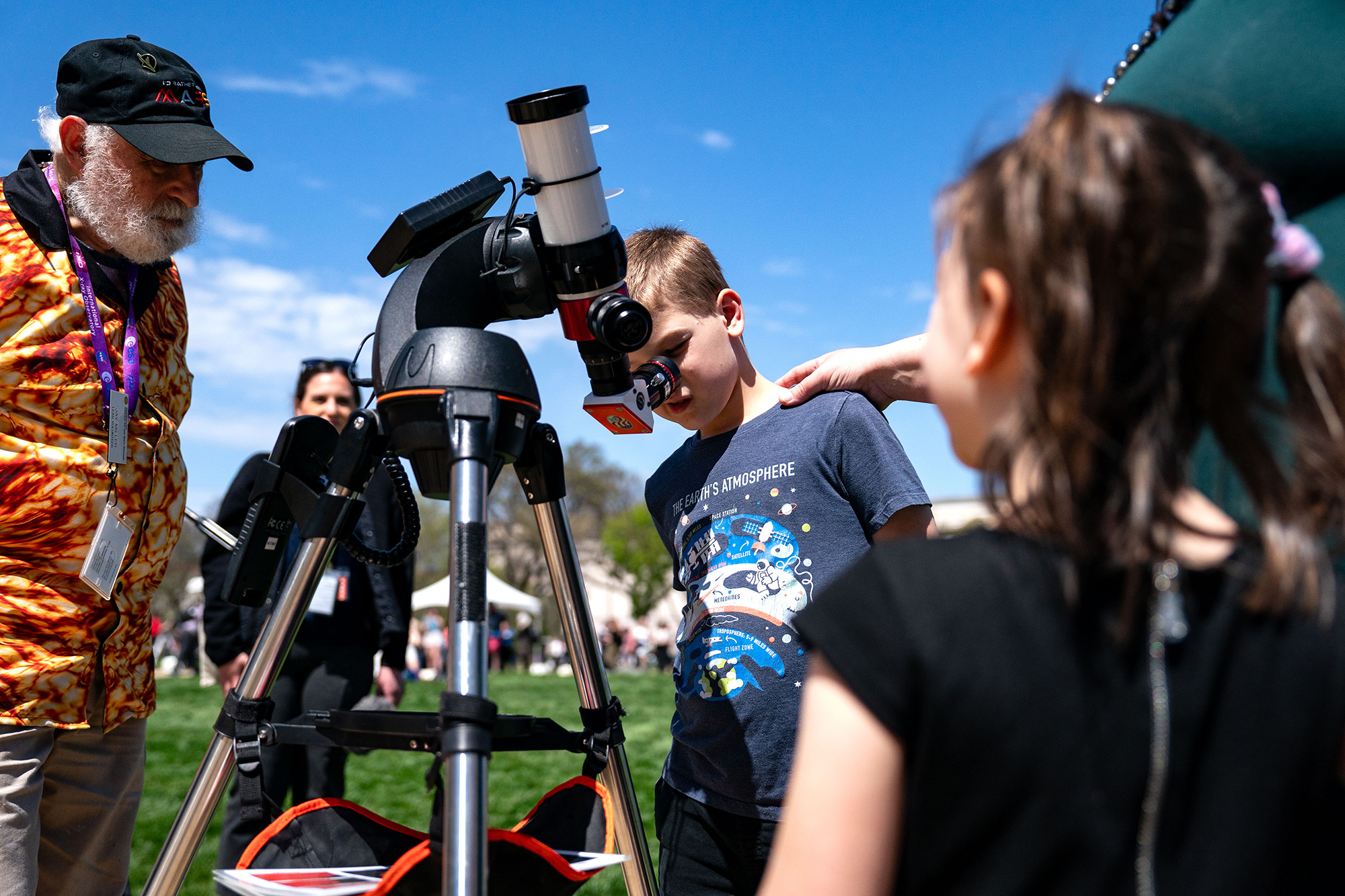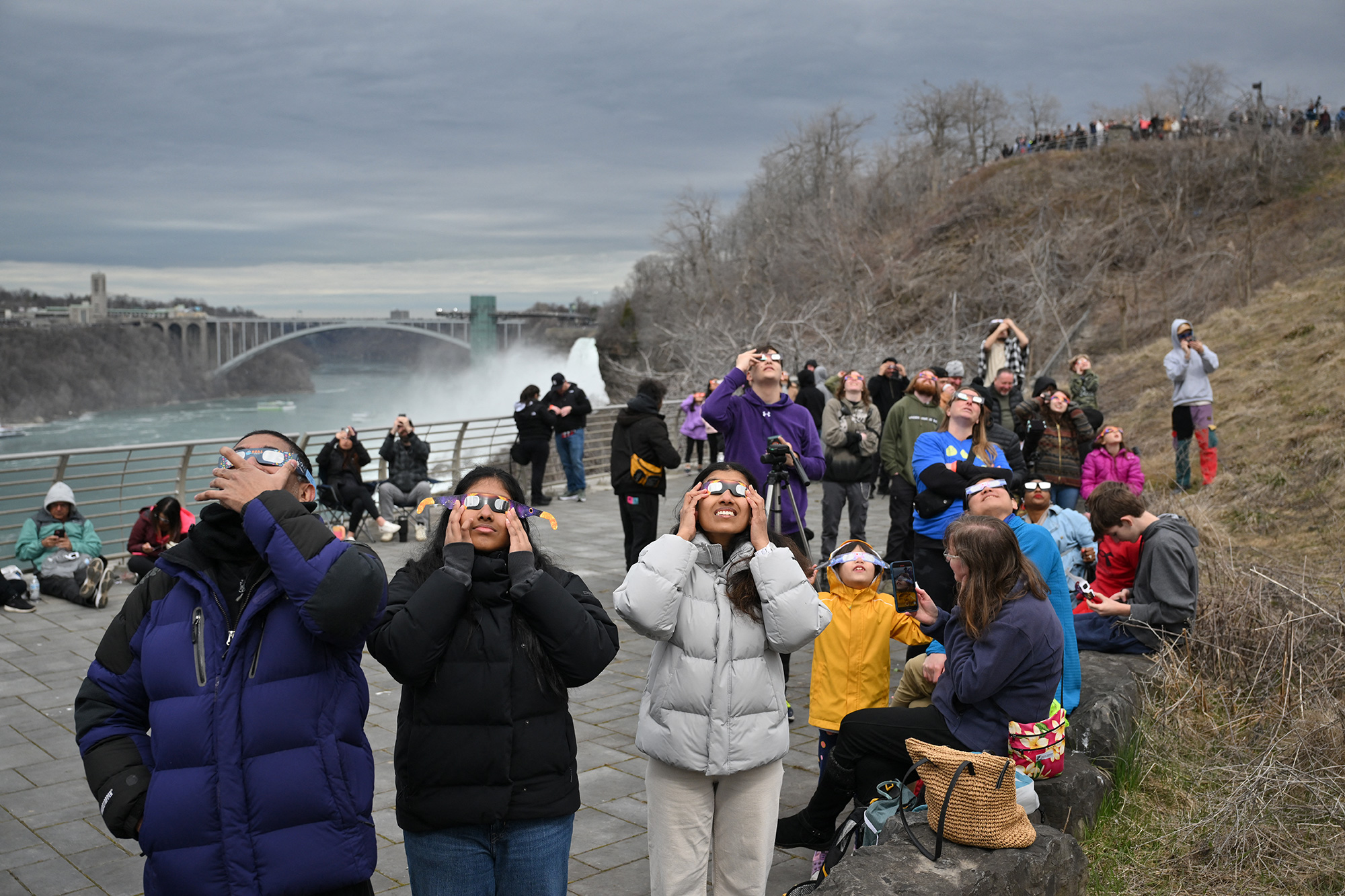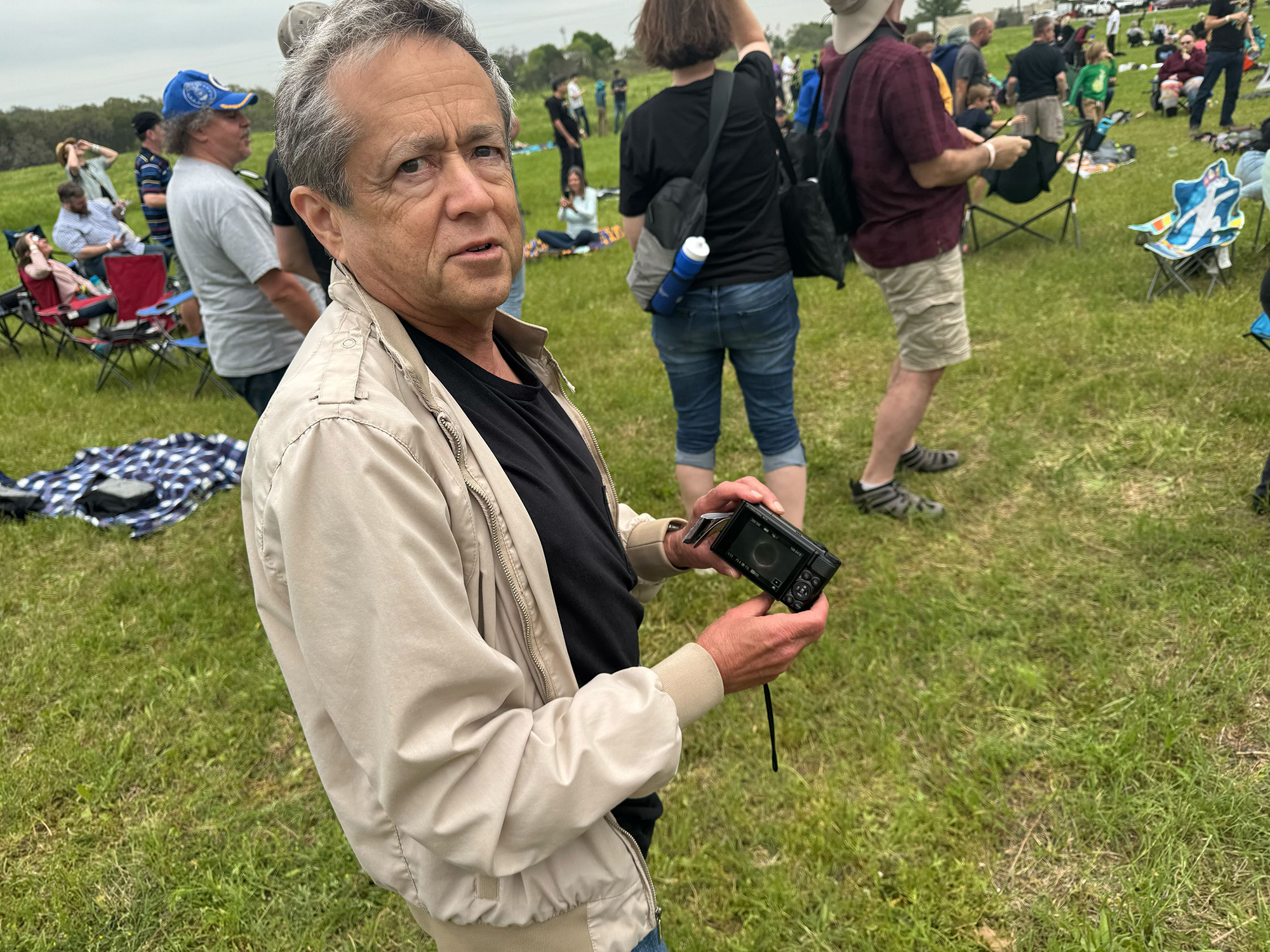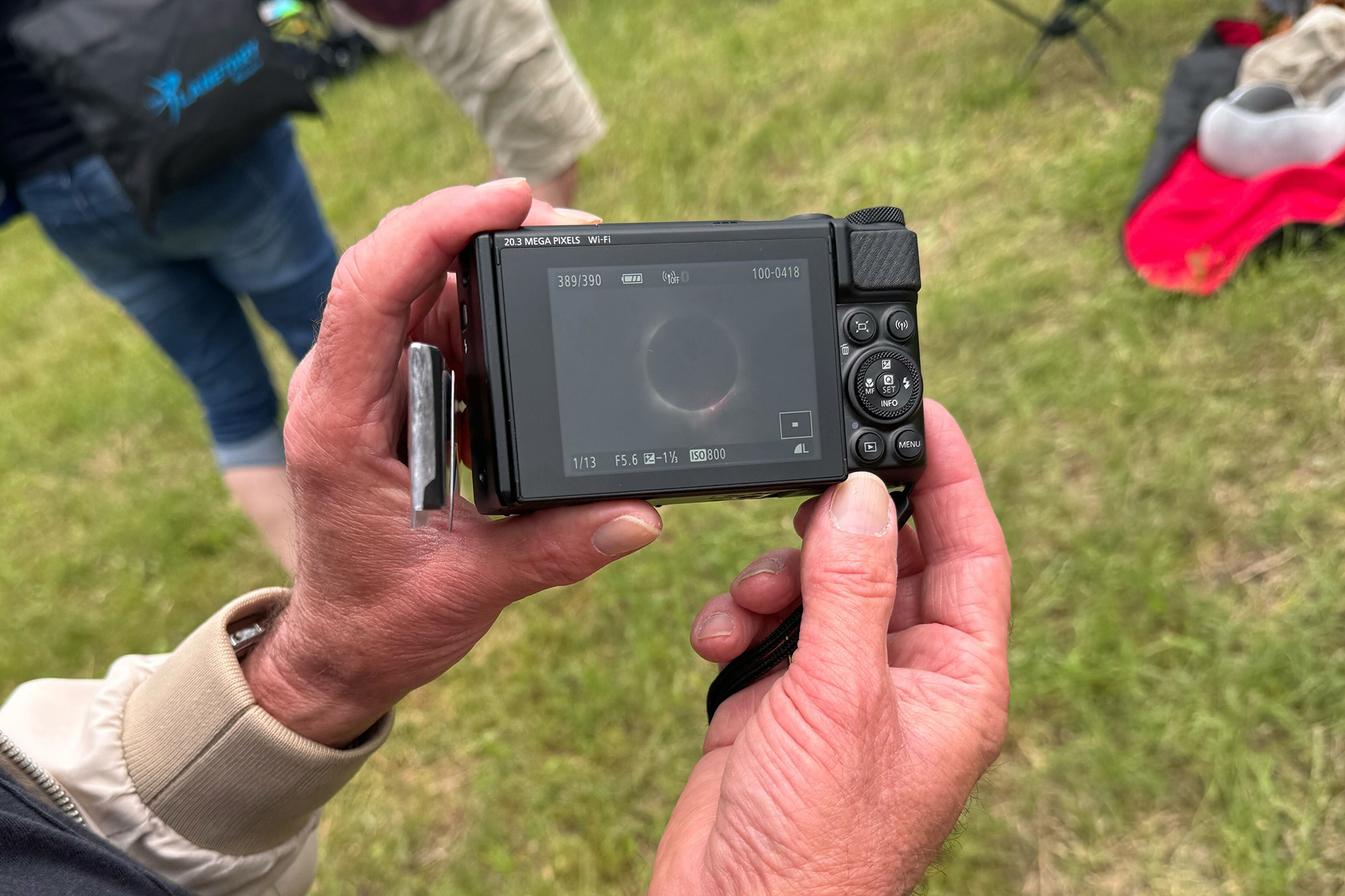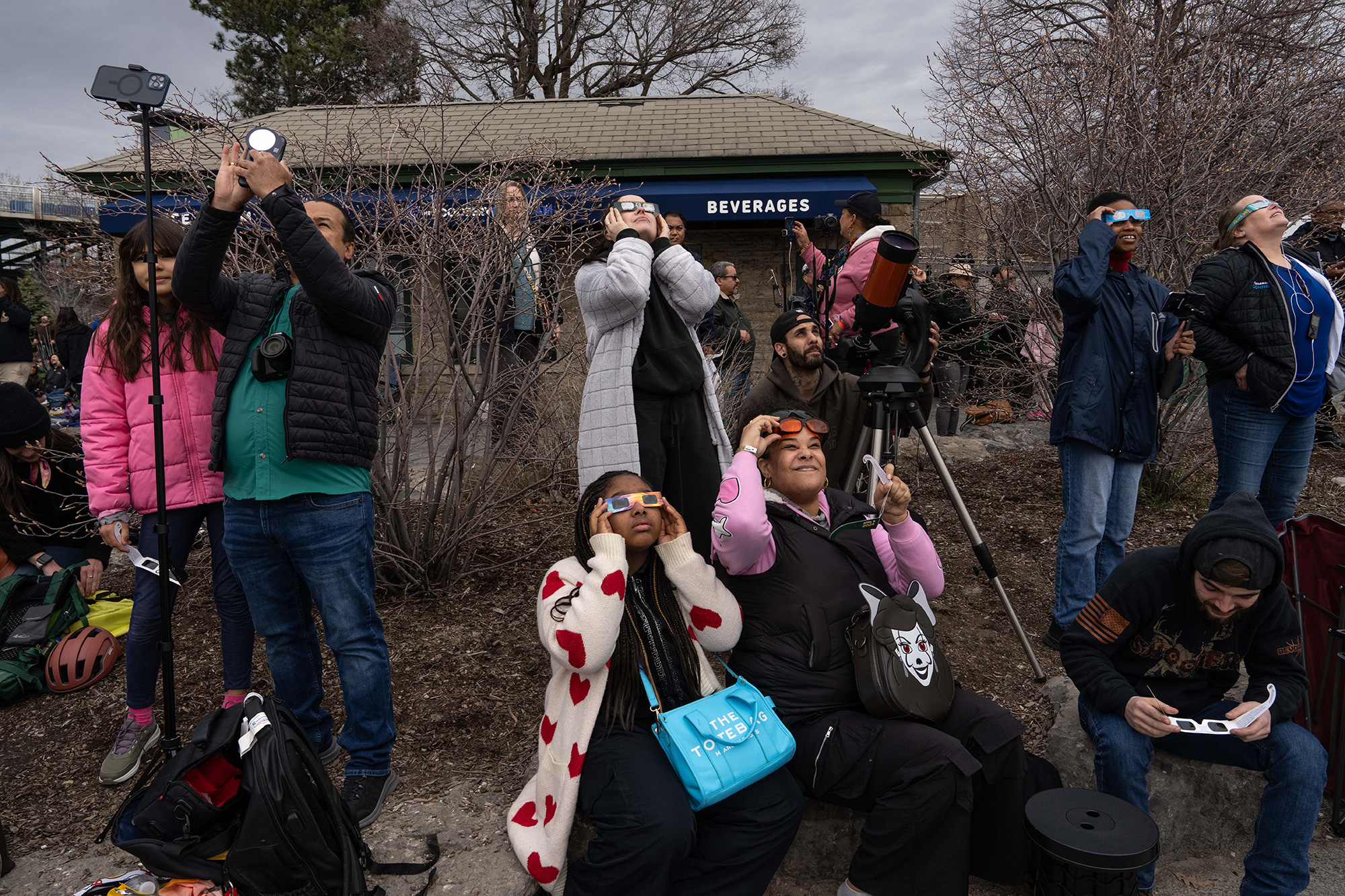
The next total solar eclipse will be in August 2026, NASA says. It will be visible in Greenland, Iceland, Spain, Russia, and a small area of Portugal.
Another total solar eclipse won’t be visible across the contiguous US again until August 2044.
There will be an annular eclipse much sooner, though, visible in South America, the agency says. That will happen in October 2024. Remember, an annular eclipse is when the moon is near its furthest distance from earth, it won’t cover the entire sun. This creates what looks like a ring around the moon.
NASA says its eclipse forecasts "are accurate to less than a minute in time over a span of hundreds of years."
